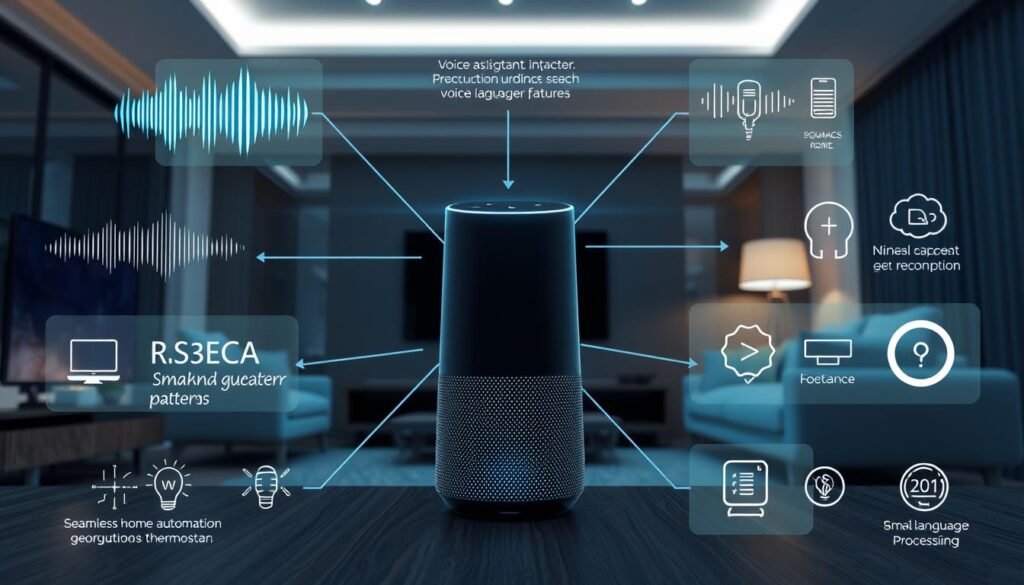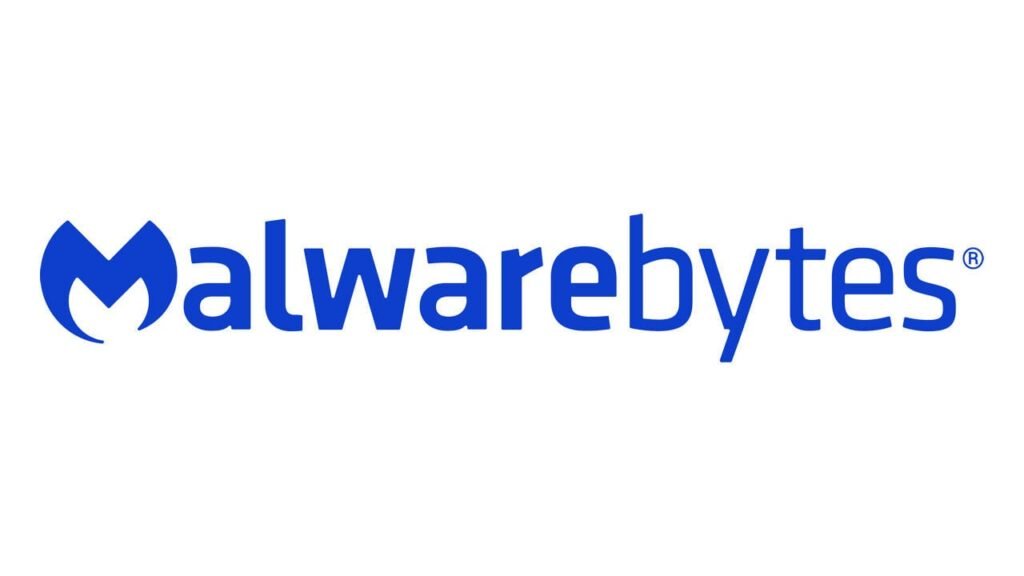Did you know the voice assistant market is expected to hit over $30 billion by 2030? This huge growth shows how important voice tech is today. Big names like Amazon’s Alexa, Apple’s Siri, and Google’s Assistant are leading the way1.
Voice assistants are everywhere, from smart speakers to cars1. This opens up big opportunities for businesses and developers. Our guide will teach you how to make your own AI voice assistant. You'll learn about meeting user needs, setting up tech, and handling ethics.
Key Takeaways
- Voice technology is projected to be a $30 billion industry by 2030, making now the perfect time to start.
- Voice assistants enhance user interactions and can significantly save operational costs for businesses1.
- Integrating AI conversational bots can help tackle common inquiries and free up human resources for more complex tasks1.
- Customization is key to delivering personalized experiences that keep customers engaged.
- Healthcare applications of AI voice assistants can lead to better patient compliance and support2.
Introduction to AI Voice Assistants
AI Voice Assistants are now a big part of our daily lives. They make talking to technology easier and more fun. They can set reminders, manage your schedule, and even control your smart home.
The global AI voice market is expected to hit $26.8 billion by 2024. This shows how fast voice technology is growing3.
More and more businesses want to talk to customers in a new way. Studies show 75% of people like using their voice for complex questions3. This means we need better voice AI Agents to make things easier for everyone.
Twilio is a big name in this area. They handle over 150 billion interactions every year. This shows how big voice technology can get3.
AI voice assistants can do a lot of things. Deepgram, for example, handles over 300 million minutes of audio each year. They support over 30 languages too. This makes them very useful for different people3.
When making AI voice assistants, using the right libraries is key. Openaispeechrecognition and gTTS are two important ones. About 100% of these libraries are used in today's AI voice apps4.
Setting up AI properly is important. About 25% of the code is for this step. This makes sure everything works well together4.
AI voice systems are very good at understanding what you say. They can handle about 95% of all possible voice commands. This shows how well they work4.
Understanding AI Voice Assistants and Their Types
AI voice assistants have changed how we use technology. They offer many features for different needs. There are many types of AI voice assistants, each with its own purpose.
Chatbots are a common type. They talk to users through text and sometimes use voice recognition technologies for better interaction. Voice assistants mainly respond to voice commands. Google Assistant and Amazon Alexa are top examples, known for their wide range of features.
Some assistants focus on specific areas like healthcare. For example, Retell AI lets users create custom AI helpers. These can match your personality and needs5. Rabbit M1 also offers cool features like video calls and task automation5.
It's important to know about these different types. This helps you choose the right AI assistant for your goals. For example, Google Assistant is great at understanding natural language and keeping conversations flowing5. Today, more people prefer self-service options over traditional support, with 66% of consumers choosing the former6.
In the next parts, we'll look at how making your own AI voice assistant can be beneficial.
| Type of AI Assistant | Main Functionality | Notable Features |
|---|---|---|
| Chatbots | Text and voice interactions | Basic command recognition, user engagement |
| Voice Assistants | Responsive voice commands | Integration with smart devices, multitasking capabilities |
| Specialized Virtual Assistants | Industry-specific tasks | Customizable features, tailored user experiences |
| AI Avatars | Visual engagement | Combination of voice and visual interfaces |
Key Benefits of Creating Your Own AI Assistant
Creating Voice Assistants with Artificial Intelligence brings many benefits for personal and professional growth. A custom AI assistant offers a personalized experience that meets your specific needs and preferences.
One major benefit of AI assistant technology is how it boosts efficiency. It automates tasks that are boring and repetitive, leading to big productivity gains. For example, companies using AI see a 40% increase in productivity7.
Also, making your own AI assistant lets you create custom solutions. This flexibility improves user satisfaction and opens up new tech opportunities.
Today, data privacy is a big concern. Having control over your AI assistant means your data stays safe. Companies like Olive AI show how tailored solutions can improve healthcare decisions through better data management7.
In short, designing your AI assistant brings many benefits across different areas. It lets you use the latest tech safely and creatively. For more insights into AI's impact, check out the key insights available to guide your journey.
Essential Features of an AI Voice Assistant
Creating an AI voice assistant requires knowing the key features. One important one is Natural Language Processing (NLP). It lets the assistant understand and answer user questions well. With NLP, voice assistants can handle commands, digitize them, analyze, and recognize patterns for better interactions8.
Context awareness is also crucial. A good assistant remembers past talks and adjusts its answers based on that. This makes the user experience better. AI assistants can give personalized tips by managing these contexts well9.
Being able to understand many languages is key for reaching more users. In the U.S., over 50% of mobile users use voice assistants daily. This shows how important it is for assistants to know different languages and dialects9.
Customizing for each user makes the assistant more personal. Features like setting reminders, sending messages, and managing schedules are important. They make the assistant more useful and engaging9.
Lastly, working well with other apps and services is essential. AI assistants can help with tasks and data analysis by linking with tools. Voice technology should make these integrations smooth to please users and make things easier10.
| Feature | Description | Benefit |
|---|---|---|
| Natural Language Processing (NLP) | Enables understanding and processing of user queries. | Enhances accuracy and relevance of responses. |
| Context Awareness | Remembers past interactions to provide tailored responses. | Improves user experience through personalization. |
| Multi-language Support | Ability to understand and respond in multiple languages. | Caters to a diverse user base and enhances accessibility. |
| User-Specific Customization | Adapts to individual user preferences and habits. | Increases engagement and satisfaction. |
| Integration with Applications | Connects with various tools for seamless functionality. | Streamlines processes and enhances productivity. |
Step-by-Step Guide to Building AI-Powered Voice Assistants
Creating your own AI assistant is a detailed process. It ensures you meet user needs and use the best technologies. We'll show you how to define your AI assistant's purpose and pick the right technology stack.
Defining Your AI Assistant's Purpose
The first step is to clearly define your AI assistant's purpose. You need to find out what problems it will solve for users. Talking to potential users can help you make sure you're on the right track.
Choosing the Right Technology Stack
After figuring out your assistant's purpose, it's time to choose the right technology stack. This includes things like Natural Language Processing (NLP) libraries and machine learning frameworks. Some top choices are:
| Technology | Description |
|---|---|
| Python | A high-level programming language known for its simplicity and robust libraries suitable for AI development. |
| TensorFlow | A machine learning framework that provides tools for building AI models efficiently. |
| Rasa | An open-source framework allowing developers granular control over conversational AI experiences. |
| Dialogflow | A platform ideal for developers comfortable with technical setups, backed by Google for powerful NLU capabilities. |
| Lindy | A user-friendly AI assistant maker allowing for up to 200 free credits without coding. |
Using these technologies can make your development process easier. Solutions like Botpress and Kore.ai are also great options for building chatbots and voice assistants11
Choosing the right technology stack is key to making your assistant work well and grow with user demand121311.
Voice Technology Development Basics
Getting to know the basics of voice technology is key for creating a good AI voice assistant. At the heart of these systems is Natural Language Processing for Voice Assistants. This lets the assistant understand and answer human speech well.
Natural Language Processing for Voice Assistants
Natural Language Processing (NLP) is key for turning voice commands into useful actions. AI voice assistants use NLP, machine learning, and speech recognition to get human speech right and respond well14. Knowing Python basics like functions, loops, and data structures helps a lot15. Using NLP libraries like NLTK, spaCy, and TensorFlow boosts your AI's skills15.
Adding voice recognition makes things more interactive, but it's not a must15. You should learn about NLP basics like tokenizing, tagging parts of speech, and recognizing named entities. These are crucial for handling voice input well15. Also, knowing machine learning basics helps pick the right models, like chatbot frameworks, for your assistant's tasks15.
A table summarizing key tools and concepts in voice technology development can provide clarity:
| Concept/Tool | Description |
|---|---|
| Python Programming | Essential for developing AI voice assistants; familiarity with functions and data structures is advantageous. |
| NLP Libraries | Tools such as NLTK, spaCy, and TensorFlow facilitate natural language processing tasks. |
| Voice Recognition | Optional feature that adds interactivity; useful for understanding user commands. |
| Machine Learning | Foundational concepts like supervised learning aid in enhancing assistant functionality. |
| Development Environment | Integrated Development Environments like PyCharm or VS Code streamline coding. |
| Security Measures | Implementing encryption and access controls is vital for user data protection. |
Data Collection and Preparation for AI Voice Assistants
Getting data for AI assistants is key at the start. It makes sure your AI can talk well. You need different types of data, like audio and text, to help it learn. This data should include many accents and ways of speaking to understand users better.
Creating AI voices for many languages and accents is a big task. It needs over 120 voice options in 20+ languages16. To make voices that everyone can relate to, you need lots of different speech patterns. This requires powerful computers or servers to handle the work16.
It's also important to avoid biases in your AI's training. This way, it can work well for all kinds of accents and dialects16.
For good conversations, use tags for entities and intents in your data17. Tools like Google’s Speech-to-Text can help get the right data for your AI18. To make sure your AI can handle different situations, you need lots of audio recordings17.
Preprocessing and Cleaning Data for Optimal Performance
In making AI voice assistants, data cleaning for AI models is key for top performance. You must thoroughly preprocess AI data to get it ready for training. Handling complex inputs is a big challenge, as even smart AI can find it hard to understand nuanced language or slang19.
This shows how important it is to prepare data well. It helps the AI learn better.
Tokenization and removing background noise are basic steps in preprocessing. These steps refine datasets by breaking down big inputs into smaller parts. They also get rid of any extra info that might mess up your results. Having well-labeled transcripts is also key. It makes sure the AI model learns from the data correctly, which boosts its performance in real use.
It's also important to follow data privacy rules, like GDPR, when dealing with sensitive info19. You need to make sure your AI models don't pick up biases from the training data. Regular checks and tweaks are needed to keep your outputs fair and accurate.
The AI market is growing fast, expected to hit $267 billion by 202720. Businesses use AI assistants to better serve customers and improve satisfaction. These assistants learn from users and get better over time, making experiences better for everyone. Making sure your data is well-prepared is crucial for your AI model to handle all kinds of inputs.
Starting this journey means using strong data gathering and getting methods. This will help you build smart and effective AI models. How well you clean your data will affect how competitive your AI assistant is in a changing market20.
Training Your AI Voice Assistant Model
Training AI models is key for your AI Voice Assistant. It uses big labeled datasets to learn patterns. This makes it good at understanding and answering different commands.
Supervised learning is a big part of this. It helps the model learn faster and more accurately. This is thanks to the patterns it finds in the data.
Getting the right data is important. The voice recognition market is growing fast, expected to hit $15.87 billion by 203021. Many programming languages, like Python, Java, and C++, help developers make strong models. Python is the most popular because it's easy to use and has lots of libraries21.
Java is great for apps that work on many platforms. C++ is best for tasks that need a lot of power, like in robotics and games21.
Getting your data ready is a big step. It means cleaning up the audio and removing things you don't need. This makes sure the model only learns from the important parts21.
It's also important to keep the data safe and follow rules like HIPAA and GDPR. This is especially true for companies in finance and healthcare21.
Learning from automation can also help. A McKinsey report says AI can make businesses 20% more efficient22. A PwC survey found that 73% of companies want to make their own AI solutions22.
Conclusion
Starting your journey with AI Voice Assistants is exciting. It's important to follow the steps we've covered. Each step, from understanding key features to cleaning data, is crucial. It ensures your assistant works well and meets user needs.
Creating a tool that automates tasks can boost productivity. It also makes the user experience better. This is a big win for everyone involved.
Don't forget about ethical concerns like data privacy and compliance. AI assistants are becoming more common in healthcare and customer service. Knowing the rules helps you innovate safely.
Putting security and compliance first builds trust in your AI solutions. This is key for success.
This guide shows the vast possibilities of building voice assistants. By focusing on user needs and a structured approach, you can create a tailored AI assistant. It will tackle today's challenges and be ready for tomorrow's tech advancements232425.







